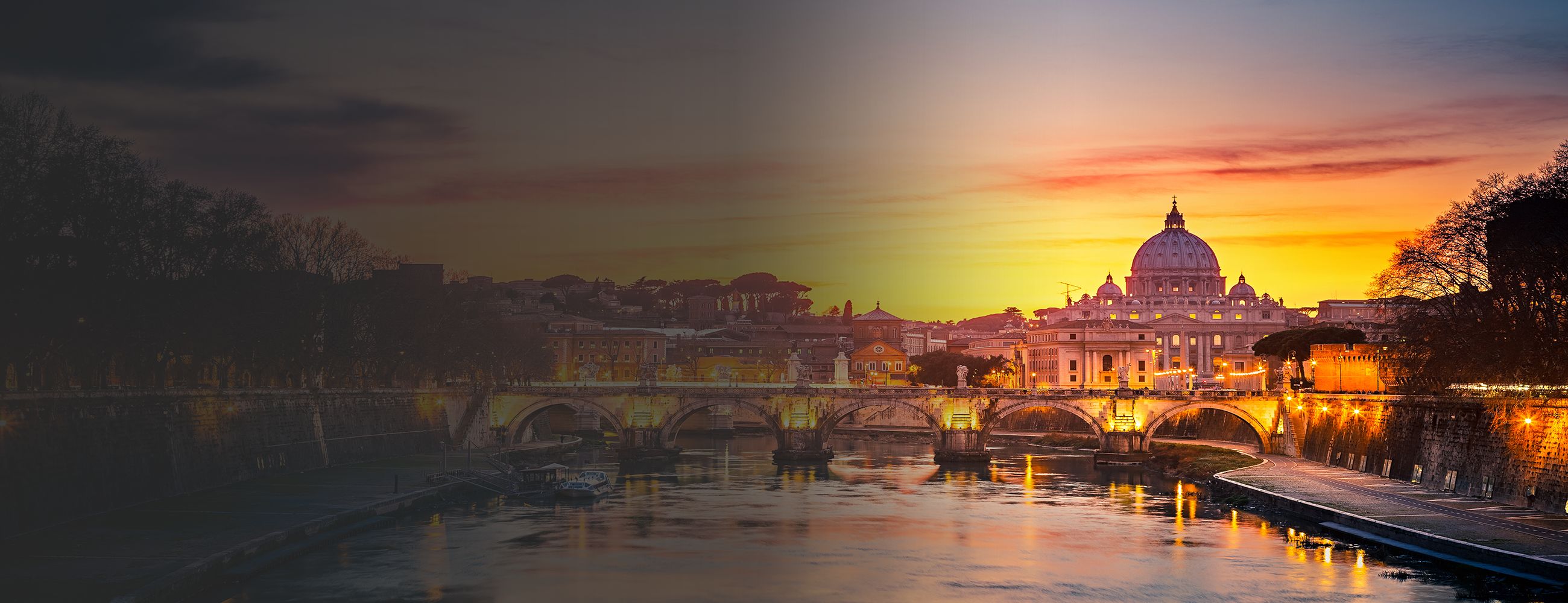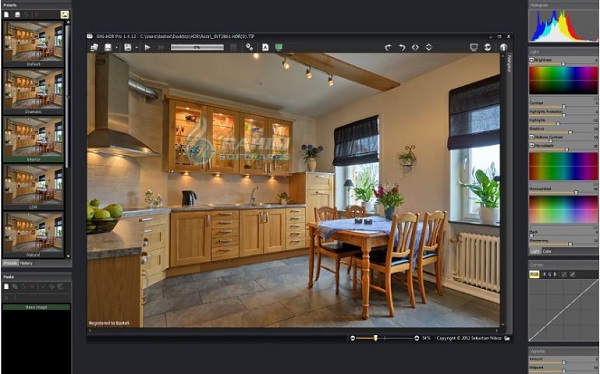
You can see that although the foreground is too dark, the sky looks less blown out. We don’t care that the sky is totally blown out and mostly white.Ģ – This shot would be the correct exposure according to my cameras light meter. Here’s an explanation of each bracketed shot:ġ – This shot is over exposed so that we can capture detail in the foreground and shadowed areas. By combining several (but usually three) ‘bracketed’ exposures that range from really dark to really bright, you should be effectively capturing the entire dynamic range of your composition. If you’re going to shoot for HDR it helps to have an understanding of how it works. Or you could just leave the ‘microdetail’ slider alone entirely.Ī perfect example of overcooking the microdetail would be in wispy clouds, why on earth would you want to add texture and sharpening to wispy clouds? Leave it alone, keep it real. By leaving certain parts of your image less detailed it will allow your genuinely detailed areas to shine through. To avoid this pitfall, ask yourself ‘does this part of my image really need to have detail?’. That’s a surefire way to make things look unnatural. Many people totally overcook their HDR images by adding lots of detail in parts of their image where there are NO details. This is the most important part of this HDR Tutorial. Simply reduce whatever change you made by around 20% and you’ll sleep better at night knowing that your images still look like photos and not like a 5 year olds hand painting of ‘ Tie Dye Armageddon‘. If you’re new to HDR, chances are you’ll feel tempted by the ‘Cartoon Devil’ on your shoulder, but that’s a voice you should ignore, trust me. You can do this simply by dialing back 20% less than whatever you believe looks good to you right now. Use these with extreme caution.Īs a general rule of thumb I would advise employing a level of ‘forced restraint’.
Gcambridge in color sns hdr pro#
Your two most powerful tools within SNS-HDR Pro are the ‘Highlights’ and ‘Shadows’ sliders. You can create and save your own presets. The presets are pretty good and I usually just use the ‘standard’ or ‘neutral’ settings before exporting to Photoshop. This helps to keep the image looking like a real photo. I keep the processing pretty flat so that I can export a TIFF and then finish my corrections in Photoshop. My current weapon of choice is SNS-HDR Pro which makes very ‘neutral’ looking HDR images that still retain realism. Everything else gets done in Photoshop the ‘traditional way’. I don’t use HDR for contrast, micro detail, sharpening, noise reduction, colour correction or any other part of image processing.

I only use my HDR app to fix the problem of extreme dynamic range to create a fairly dull, dynamically flat, but still realistic image.

When it comes to basic colour correction, sharpening, noise reduction and general image control, I find that most HDR applications lack the finesse of Photoshop even though they usually offer these great features. If you think that the image on the left (A) looks best, please switch off your computer immediately. If you like that kind of look I’m genuinely happy for you, I just prefer actual photographs.

For me it’s all about keeping my images looking like a photograph and not some hyper real cartoon.
Gcambridge in color sns hdr software#
I like to use HDR software simply to fix the areas of my image that have extreme dynamic range such as where a bright sky meets a mountainous horizon and the image goes from bright to dark. Then you came to your senses otherwise you wouldn’t be reading this HDR Tutorial right now. We’ve all Done Itīe honest, your first attempt at HDR resembled some kind of psychedelic atrocity and you thought it looked awesome… for about 10 seconds. I’m not blaming Photomatix, the issue is more with the lack of restraint that many users of Photomatix seem to struggle with. I’ll come right out and say that I’m not a fan of those ridiculous Photomatix style images that so many people seem to love. Around 50% of the time I’ll use HDR or ‘High Dynamic Range’ software to compensate for the shortcomings of the sensor in my camera and its inability to capture a wide dynamic range of light. The answer is that every image gets processed differently depending on the dynamic range, contrast and colours captured in my RAW files. One of the questions I get asked the most is ”how do you process your images?”.


 0 kommentar(er)
0 kommentar(er)
